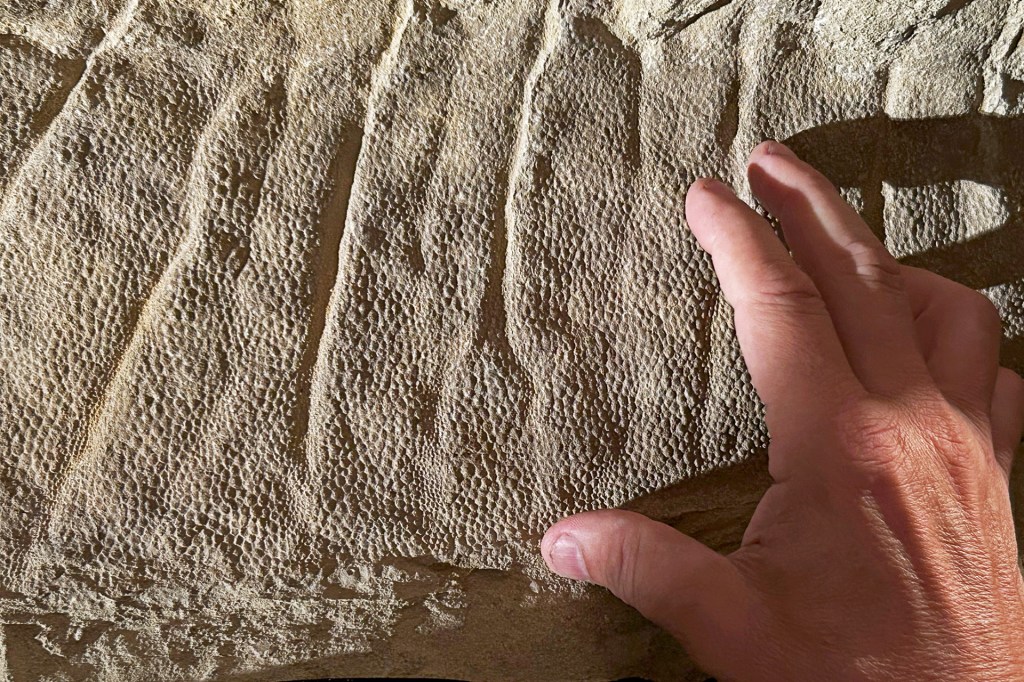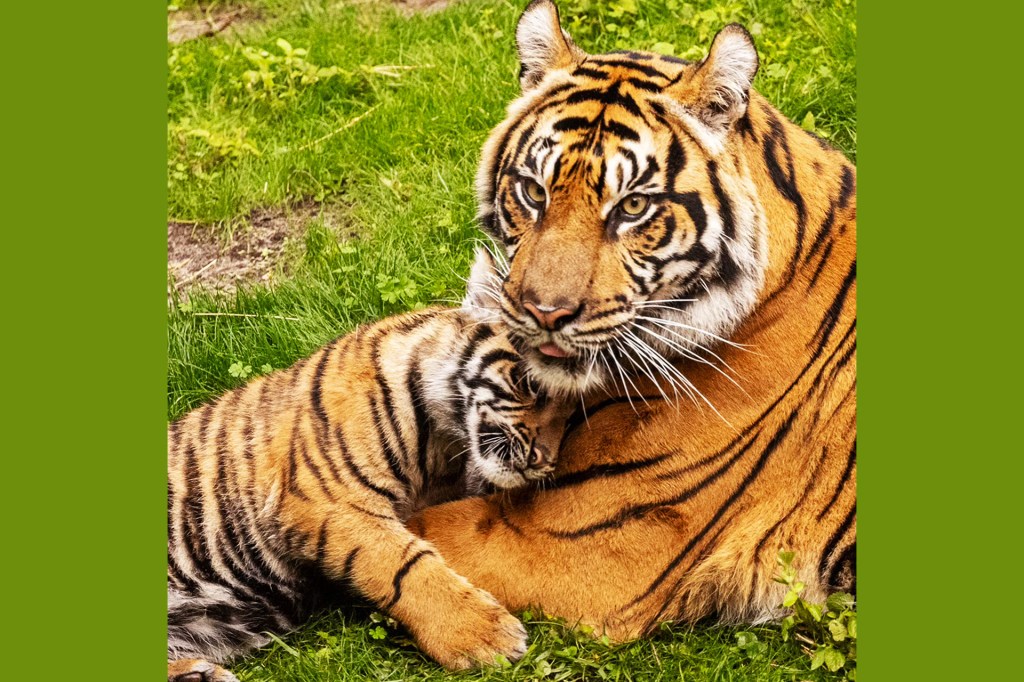Restoring Forests
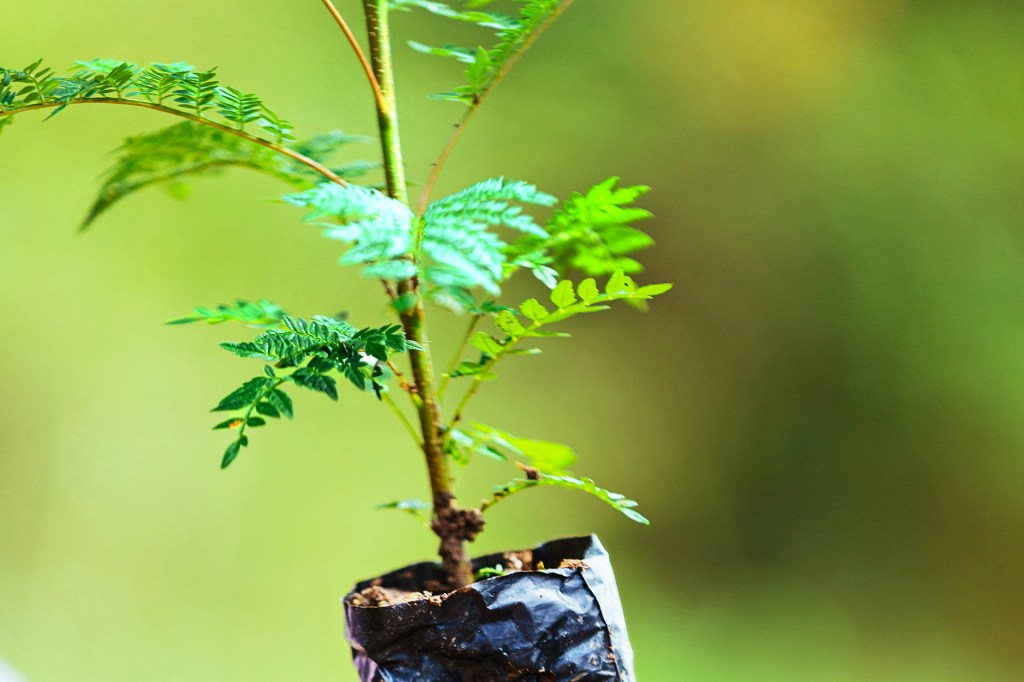
Aadya Joshi looks across a landscape near Mumbai, India. She sees eucalyptus trees. They were planted to replace a forest. It was cleared for timber. Joshi is not happy. Eucalyptus trees don’t grow naturally in the area, she says. Native trees should have been planted. Only they could bring back the biodiversity that once was there. (See “What Is Biodiversity?”)
“You can’t plant something that doesn’t fit into an ecosystem and expect the ecosystem to function,” she told TIME for Kids. Joshi is the founder of The Right Green. The group teaches people about growing native trees.

SPREADING THE WORD Aadya Joshi teaches a class in India, in Asia, about the importance of native trees and plants.
COURTESY RITU JOSHIOnce, Earth was home to 6 trillion trees. Now there are about 3 trillion. Planting new trees to replace those that have been lost “sounds like a good idea,” Joshi says. “But what [people are] doing in many places is not restoring forests. They’re just replanting. There’s a big difference.”
Replanting Problems
Trees are important to the health of the planet. They help clean the air. They’re also a source of food and medicine. But 46% of the world’s trees have been cut down. This is done for businesses such as cattle farming and paper making.
Some efforts to replant trees make things worse. This happened in Chile, in South America. Big companies cut down forests for timber. They replanted in the 1970s using the wrong kinds of trees. They created tree plantations. “They’re not really what we imagine a forest to be,” Robert Heilmayr says. “These trees are more like a crop.”

UNTOUCHED This is a native forest in Chile, in South America. Many forests like it have become timber plantations.
ROBERT HEILMAYR
Heilmayr is a professor of environmental economics. He teaches at the University of California, Santa Barbara. He says tree plantations might make soil erosion worse. And they’re not as good as forests are at trapping carbon dioxide. This can make climate change worse.
Today, Chile’s government pays small landowners to plant native trees. Heilmayr says this kind of approach to forest restoration “is really productive.”
Restoration Done Right
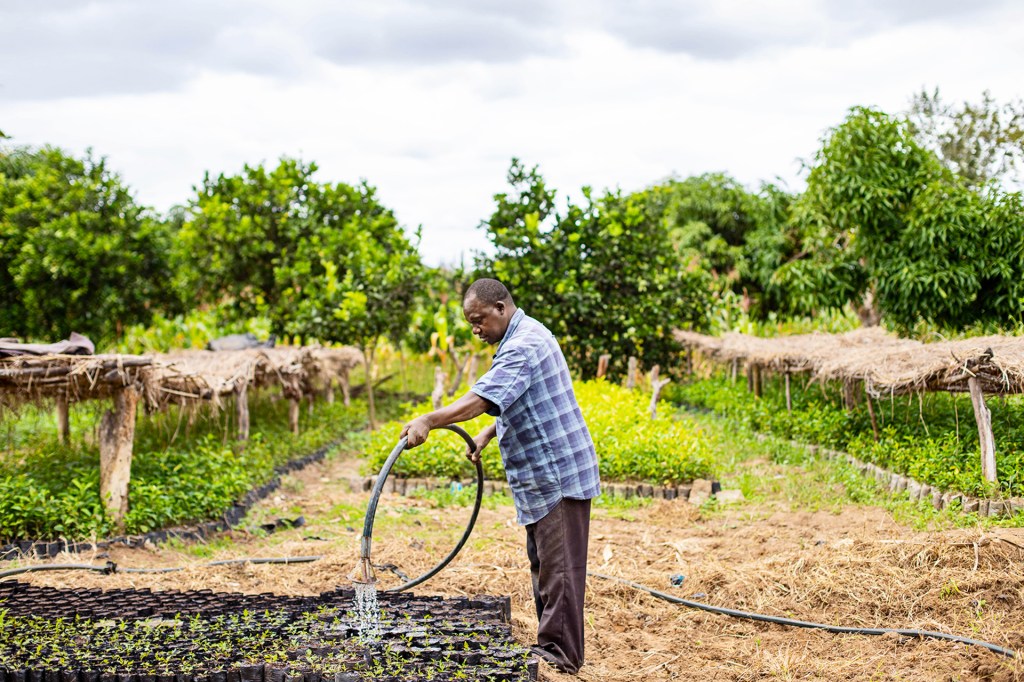
LET IT GROW A man waters saplings at a tree nursery in Kenya. The trees will be planted on farms.
PETER IRUNGU—WRIRestoring native forests must benefit people, Bernadette Arakwiye says. She’s a researcher for the World Resources Institute (WRI) Forest Program in Africa. “People are a part of the environment,” she says. “We have to think both about the ecology
ecology
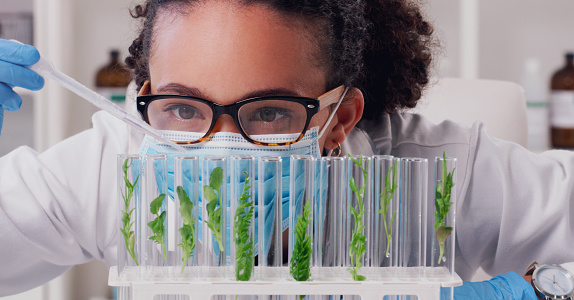 PEOPLEIMAGES—GETTY IMAGES
the relationship between organisms and their environment
(noun)
The scientist studies plant ecology.
of the land and human needs.”
PEOPLEIMAGES—GETTY IMAGES
the relationship between organisms and their environment
(noun)
The scientist studies plant ecology.
of the land and human needs.”
One WRI program aims to restore almost 400,000 square miles of African land by 2030. Some farmers are planting trees that help the soil retain moisture. This protects drinking water.

ON THE FARM Trees planted on this farm in Kenya, in Africa, help protect biodiversity and fight climate change.
PETER IRUNGU—WRI
Joshi says protecting food sources and protecting native species go hand-in-hand with fighting climate change. But it means planting the right trees. “We’ll only make [environmental problems] worse by planting things our ecosystems
ecosystem
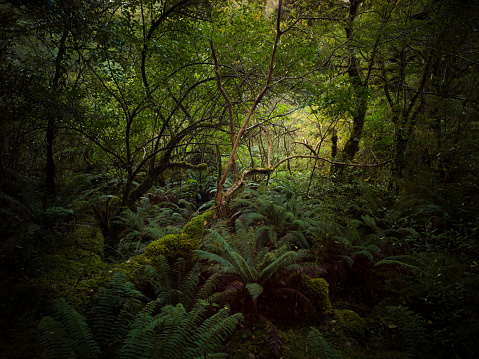 JAMESPHOTOGRAPHY.COM.AU—GETTY IMAGES
the living and nonliving things that make up an environment and affect one another
(noun)
The rain forest's ecosystem includes many unique plants and animals.
cannot survive on."
JAMESPHOTOGRAPHY.COM.AU—GETTY IMAGES
the living and nonliving things that make up an environment and affect one another
(noun)
The rain forest's ecosystem includes many unique plants and animals.
cannot survive on."
What Is Biodiversity?
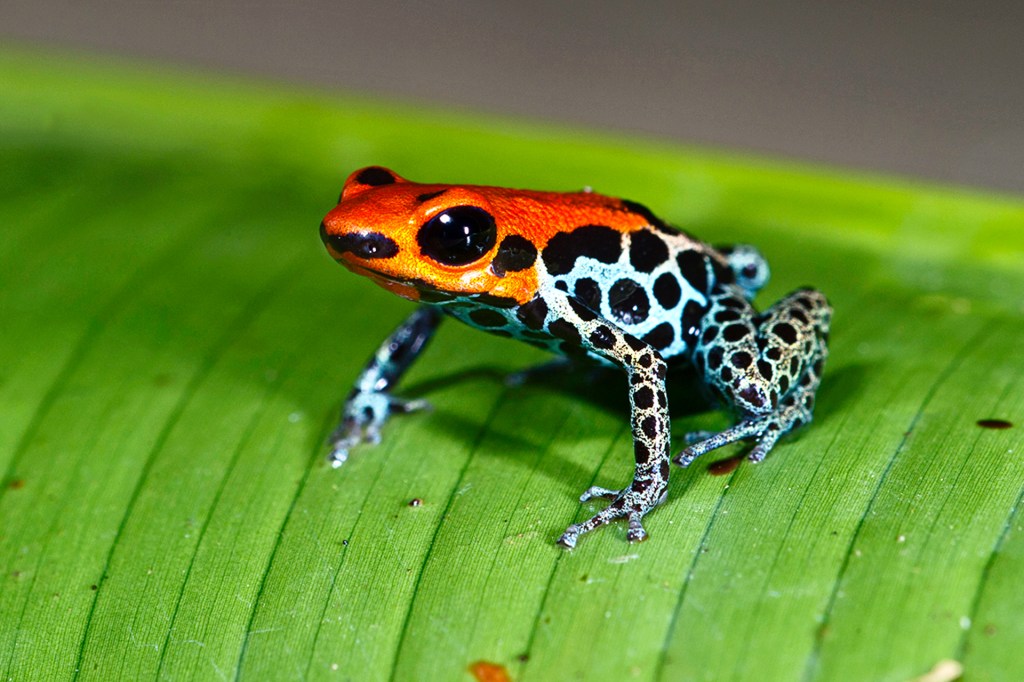
Biodiversity is the variety of living things in a habitat or ecosystem. An environment needs diversity to maintain balance. For example, insects carry pollen. Plants need pollen to make seeds. The seeds grow into plants that provide food for insects. Insects become food for frogs. You can help protect biodiversity. Learn about the plants and animals in your area. Join efforts to plant native trees and clean up rivers and parks.





